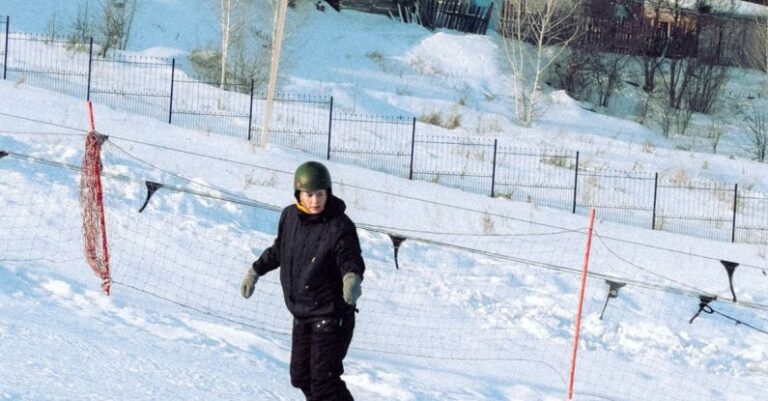
Steep slopes can be intimidating for even the most experienced hikers and climbers. The sheer drop-offs, loose rocks, and challenging terrain can make anyone feel nervous. However, with the right mindset and techniques, you can build the confidence needed to tackle steep slopes like a pro. In this article, we’ll explore some tips and strategies to help you build confidence on steep slopes.
Understanding the Terrain
Before attempting to conquer a steep slope, it’s essential to understand the terrain you’ll be facing. Take the time to assess the slope’s angle, the type of rocks or vegetation present, and any potential hazards such as loose gravel or rockfall. By familiarizing yourself with the terrain, you’ll be better equipped to make informed decisions and navigate the slope safely.
Choose the Right Gear
Having the right gear can make a world of difference when it comes to building confidence on steep slopes. Invest in a pair of high-quality hiking boots with excellent traction to prevent slips and falls. Consider using trekking poles for added stability and balance, especially on uneven terrain. Additionally, wearing a helmet can provide peace of mind in case of any unexpected rockfall or slips.
Practice Proper Foot Placement
One of the keys to navigating steep slopes with confidence is mastering proper foot placement. When ascending or descending a slope, be mindful of where you place your feet to ensure a secure grip on the terrain. Opt for sturdy footholds such as rocks or tree roots, and avoid stepping on loose gravel or unstable surfaces. By taking the time to place your feet deliberately, you’ll feel more in control and stable as you move across the slope.
Maintain a Strong Posture
Your posture plays a crucial role in building confidence on steep slopes. Keep your back straight, shoulders relaxed, and eyes focused on the path ahead. Avoid hunching over or looking down, as this can throw off your balance and increase feelings of unease. By maintaining a strong posture, you’ll feel more grounded and stable as you navigate the slope.
Use Your Hands for Support
In addition to your feet, your hands can also be valuable tools for navigating steep slopes. When climbing or descending, use your hands to steady yourself and provide additional support. Look for handholds such as rocks, tree branches, or sturdy vegetation to help you maintain balance and control. By engaging your hands in the process, you’ll distribute your weight more evenly and feel more confident in your movements.
Take Breaks and Stay Hydrated
Navigating steep slopes can be physically demanding, so it’s essential to listen to your body and take breaks as needed. Pausing to rest and hydrate not only allows you to catch your breath but also gives you a chance to assess your surroundings and plan your next moves. Stay hydrated by drinking water regularly, especially on hot days or strenuous climbs, to maintain your energy levels and focus.
Embrace a Growth Mindset
Building confidence on steep slopes is as much a mental challenge as it is a physical one. Embrace a growth mindset and view each slope as an opportunity to learn and improve. Celebrate small victories, such as successfully navigating a tricky section or overcoming a fear of heights. By approaching steep slopes with a positive attitude and a willingness to grow, you’ll gradually build the confidence needed to tackle even the most challenging terrain.
Conclusion:
Empower Yourself on Steep Slopes
Navigating steep slopes can be an exhilarating experience, but it requires a combination of physical skill and mental fortitude. By understanding the terrain, choosing the right gear, practicing proper foot placement, maintaining a strong posture, using your hands for support, taking breaks, and embracing a growth mindset, you can build the confidence needed to conquer steep slopes with ease. Remember, with practice and perseverance, you can empower yourself to tackle any slope that comes your way. So lace up your boots, grab your trekking poles, and embark on your next adventure with confidence and determination.





